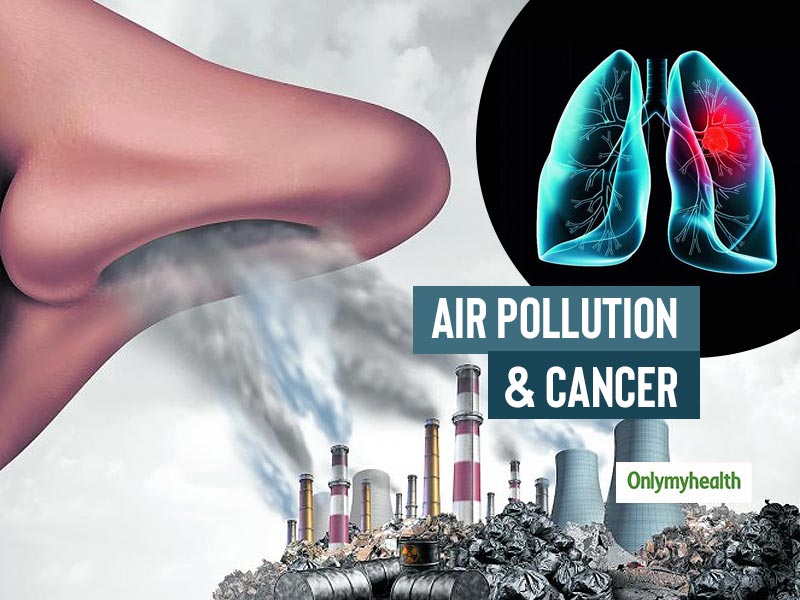.JPG)
Hi there! I'm Sammy, an experienced economist and statistician with expertise in data analysis, monitoring and evaluation (m&e), economic planning, and data interpretation. With a degree in economics and statistics, I have a deep understanding of complex economic and statistical challenges. My analytical skills are exceptional, and I can use economic principles to predict market and consumer behavior both in the short and long-term. I have extensive experience in transforming raw data into valuable insights that drive strategic decision-making. Additionally, I have strong interpersonal skills, making me an effective communicator and collaborator. Overall, my expertise in data analysis and economic planning makes me a valuable asset to any organization. .

In this project, I am conducting exploratory data analysis to determine whether there is a relationship between lung cancer and air pollution.

The Kuru Footwears Halloween Host Dashboard is a data-driven solution designed to provide Kuru Footwears with insights regarding the safest cities to host their next Halloween event. The dashboard is built using Power BI and presents a comprehensive view of key safety metrics, such as burglary levels, rape cases, and overall crime rates, in various cities across the United States.
The purpose of this dashboard is to enable Kuru Footwears to make informed decisions when deciding on the location for their upcoming Halloween event. Instead of relying on anecdotal evidence or personal opinions, the dashboard leverages data to provide an objective, statistical view of safety levels in different cities.
This project is intended to help Kuru Footwears provide a safe and enjoyable Halloween experience for all attendees, while minimizing risk and ensuring the safety of all participants. With the Kuru Footwears Halloween Host Dashboard, the company can confidently select a location that prioritizes safety and minimizes potential risks.

As the researcher in this study, my work involved evaluating the morphological features of two important varieties of pumpkin seeds grown in Turkey, namely 'urgup_sivrisi' and 'cercevelik'. I used five different machine learning models, including logistic regression, multilayer perceptron, support vector machine, random forest, and k-nearest neighbor to classify the pumpkin seed varieties based on their morphological characteristics.
Through my research, I found that the support vector machine model provided the best performance in predicting the pumpkin seed variety, and I employed this model in my work. I utilized the classification report provided by the support vector machine model to analyze the precision, recall, and f1-score of the model for each of the two classes (0 and 1), which enabled me to determine the accuracy of the model in predicting the correct class for each observation and its ability to identify most of the observations belonging to each class.
My work has contributed greatly to the understanding of the use of machine learning models for the classification of agricultural products based on their morphological features. Moreover, the information generated from this study can be used by researchers, seed producers, and farmers to classify different varieties of pumpkin seeds, enhance the production and quality of pumpkin seeds, as well as develop new products and varieties of pumpkin seeds.

My primary focus is on understanding the risk factors and predicting heart disease using logistic regression. The goal of this study is to enhance early prognosis and suggest lifestyle changes for high-risk patients to decrease complications associated with cardiovascular disease. With an astonishing estimate of 12 million deaths happening globally each year, it is crucial to identify the most notable risk factors associated with heart disease. By analyzing data patterns and recognizing the key features contributing to heart disease, my research will delve deeply into risk assessment techniques. Furthermore, logistic regression will be utilized to predict the overall risk of heart disease in high-risk patients. This study's findings will contribute to the current pool of knowledge on heart disease by highlighting the most significant risk factors and providing a dependable risk assessment tool. Ultimately, my research will aid in improving the treatment and management of patients with heart disease.

